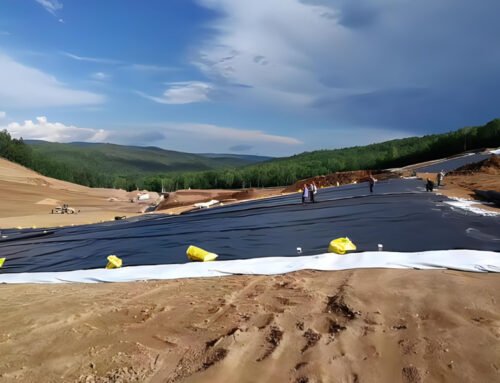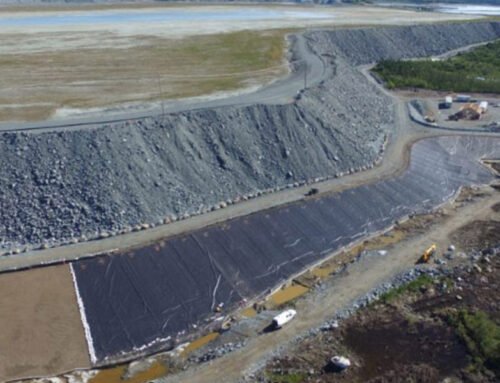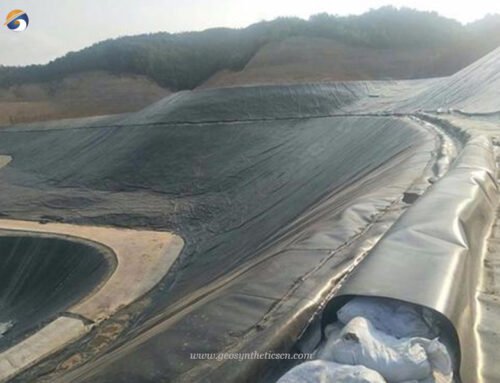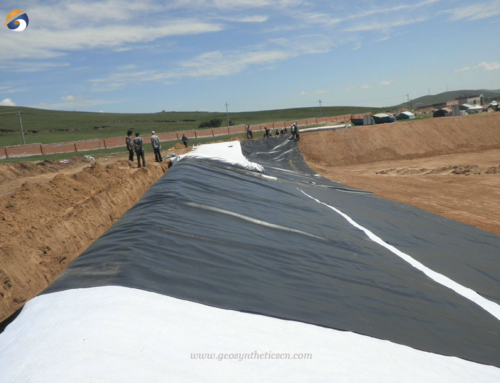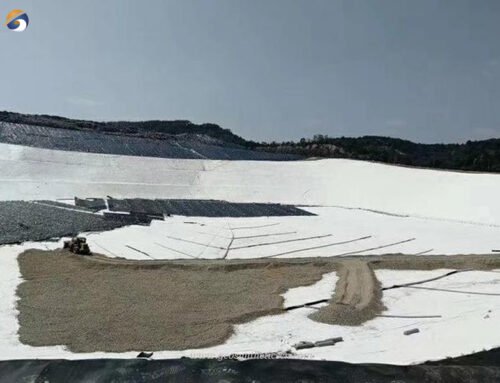Geographical Overview and Australian Partner Expertise:
- The United Kingdom comprises Great Britain, part of Ireland, and smaller islands.
- Northern Ireland shares a border with the Republic of Ireland.
- Our Australian partner excels in service reservoir refurbishment across Australia and Europe.
GEOSINCERE’s Geomembrane Expertise and Applications:
- GEOSINCERE is a top geomembrane manufacturer, exporter, and supplier.
- Their pond liners cater to various industries like waste, water, mining, and more.
- GEOSINCERE specializes in potable water reservoir lining projects with HDPE products.
Water Storage Solutions with GEOSINCERE Products:
- Potable water reservoirs require impermeable roof structures to prevent contamination.
- Commercial pond liners can be applied over existing concrete surfaces.
- GEOSINCERE offers waterproofing systems tailored to specific site requirements.

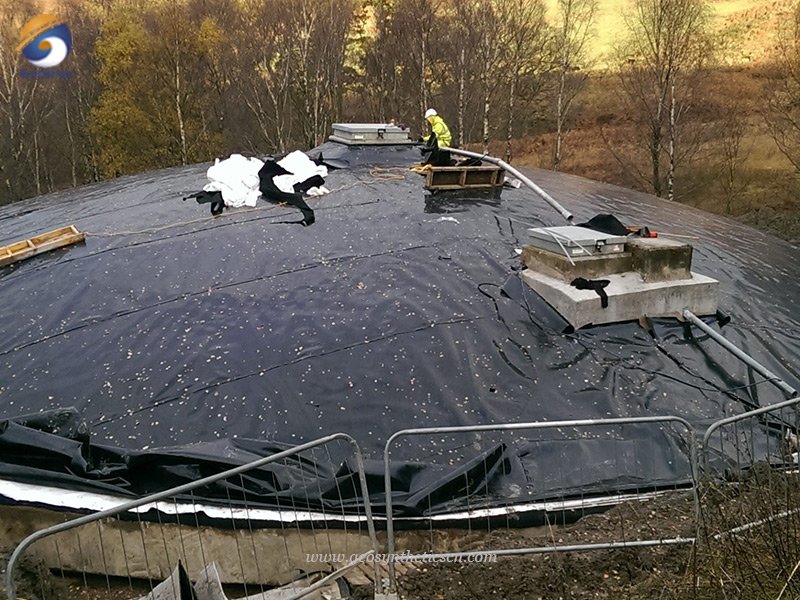
Benefits of HDPE Geomembrane Pond Liners:
- HDPE pond liners have a successful track record in water and waste containment.
- They come in various thicknesses, offering instant protection against weather conditions.
- Modern welding techniques ensure secure installations and integrity testing.
Installation and Functions of Geomembrane Pond Liners:
- Commercial pond liners can be laid directly or with an underlay for added protection.
- These liners create impermeable barriers, preventing contamination leakage.
- Geomembrane pond liners are crucial for potable water storage and environmental protection.
Installation of Commercial Pond Liner
Trained engineers and technicians typically undertake the installation of geomembrane lining systems. This task demands a variety of specialized welding techniques. Additionally, thorough site preparation is essential. Moreover, expert installation knowledge is crucial to ensure proper utilization of any geomembrane liner.The following is a general, yet illustrative, geomembrane liner installation process:
Quality Assurance Inspection – Commercial Pond Liner
- Surface conditions met all requirements before the lining was laid
- The geomembrane rolls were deployed and identified correctly
- The anchor system was done correctly
- The anchor trench and the placement of the lining were all done correctly
- The correct welding equipment was used
- The quality control devices were operating correctly
- Verified the fusion welding seaming and/or extrusion welding seaming
- All repairs were completed
- Correct pipe penetration
- The seam crossings were accurate
- The installation was done per the original design
- The documentation of the installation was completed
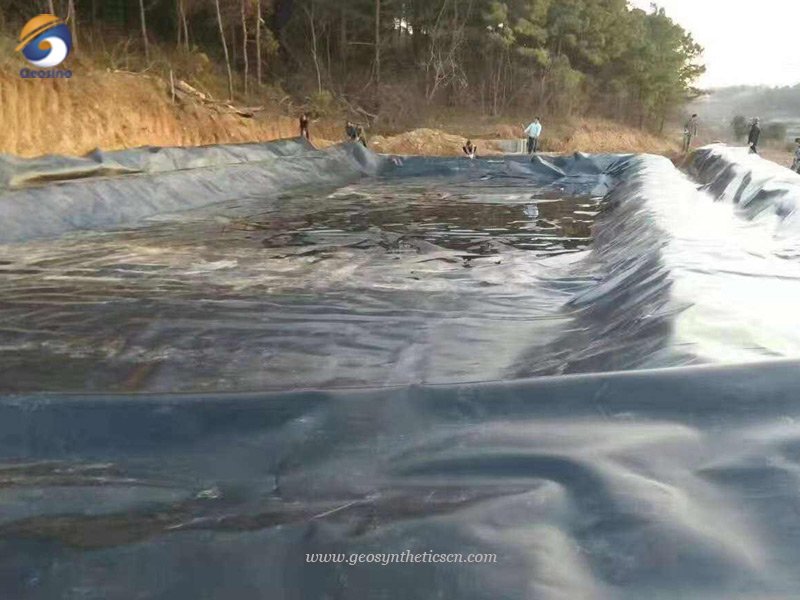

Pre- Field Installation: Preparing for the installation is the initial step.
- Specifications of the geomembrane that will be used.
- The type of anchoring system that is needed.
- The quantity of geomembrane lining.
- Which quality controls will be in place.
- What are the weather conditions as temperatures play a significant role in if and how the installation process will be completed.
Receiving, Storing and Handling – Commercial Pond Liner
Each roll must display a unique identification number and quality certificate. Additionally, use approved equipment like spreader bars to unload rolls safely. Moreover, inspect roll exteriors for holes, tears, or bubbles. Furthermore, document any non-conformance issues during inspection. Non-compliant materials should be repaired or repurposed appropriately.
Ensure the storage area is free from stones, mud, and chemicals. Additionally, place rolls on wood platforms or sandy mattresses. Moreover, avoid heat sources and stack no more than three rolls. Furthermore, choose a storage location to minimize handling. Careful planning ensures successful geomembrane installation.
Relevant Regulations – Commercial Pond Liner
Prioritize quality standards when selecting a geomembrane liner for your project. Additionally, ASTM outlines test methods for HDPE geomembrane properties like tensile strength. Moreover, ASTM establishes standardized testing for generic geomembranes. Furthermore, GSI contributes as a consortium specializing in geosynthetics. GSI provides comprehensive standards and guidelines through GRI. Notably, GSI includes test methods beyond ASTM’s scope. Therefore, GSI ensures a more thorough evaluation process. Ultimately, both ASTM and GSI enhance geomembrane quality and reliability.
Manufacturing Process of Commercial Pond Liner
The manufacturing process starts by selecting polymer resin in pellet form. Additionally, we mix additives like carbon black and antioxidants to enhance properties. Moreover, the mixture enters a hopper leading to a horizontal extruder. Furthermore, it undergoes feeding, compression, metering, and filtering stages. Next, the material is pressurized into a die, forming sheets. Carbon black improves UV stability, ensuring durability.
Geomembrane durability depends on UV exposure, chemicals, and thermal expansion. Additionally, choose the correct type and thickness for longevity. Moreover, refer to depth and thickness charts for guidance. Furthermore, consult a technical advisor for project-specific recommendations. Ultimately, proper selection ensures optimal performance and durability.
Conclusion – Commercial Pond Liner
Choosing the ideal geomembrane involves considering cost, availability, and suitability. Additionally, HDPE stands out due to its eco-friendly standards. Moreover, it costs less than alternatives and serves multiple purposes. Furthermore, its robustness and long lifespan make it a smart choice. Therefore, HDPE effectively prevents seepage and leaks in reservoirs and dams. Ultimately, it ensures reliable and sustainable project outcomes.
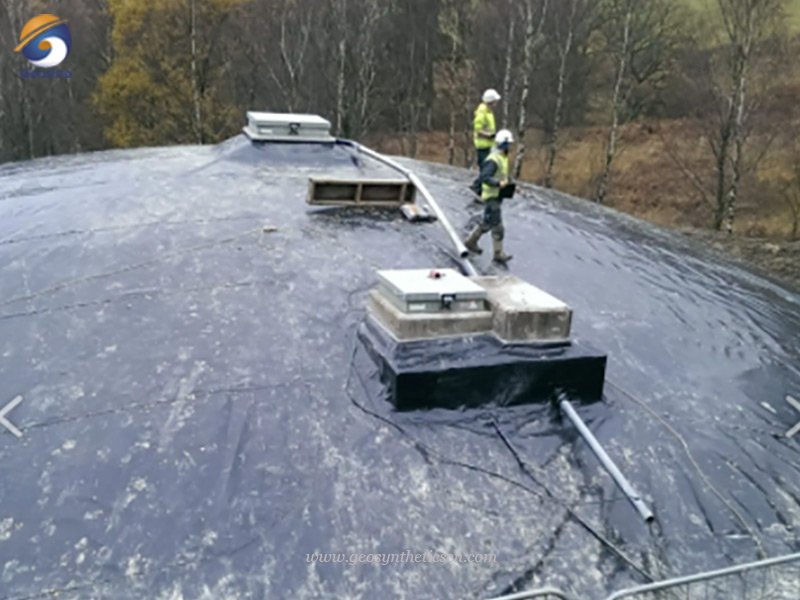
Specifications of Commercial Pond Liner for Potable Water Reservoir Project in Australia
- Commercial Pond Liner Thickness – 1.5mm
- Total Quantity – 17,640 Square meters
- Each roll Size – 7m*140m
- Standard – ASTM GM13 standard
About GEOSINCERE
As the professional geotextile and geosynthetics manufacturer and wholesaler, GEOSINCERE is always committed to geotextile research and development, manufacturing and installation services.We offer a wide range of geotextiles and geomembranes for civil, mining, environmental, and aquaculture projects. GEOSINCERE continuously invests in tech innovation, manufacturing upgrades, and turnkey engineering skills. Our geosynthetics products are renowned for their quality, performance, durability, and cost-effectiveness. The GEOSINCERE brand ensures that our geotextiles and other solutions meet your needs through solid technology, innovative engineering, and excellent customer service. We aim to be your trusted partner.
Our main innovative, high quality products include geotextiles, geomembranes, geogrids, geocells, geosynthetic clay Liner, and drainage boards, etc al. GEOSINCERE customers are from more than 100 countries.If you have any questions or inquiries, please fill and submit the following form, we will reply as soon as possible.

